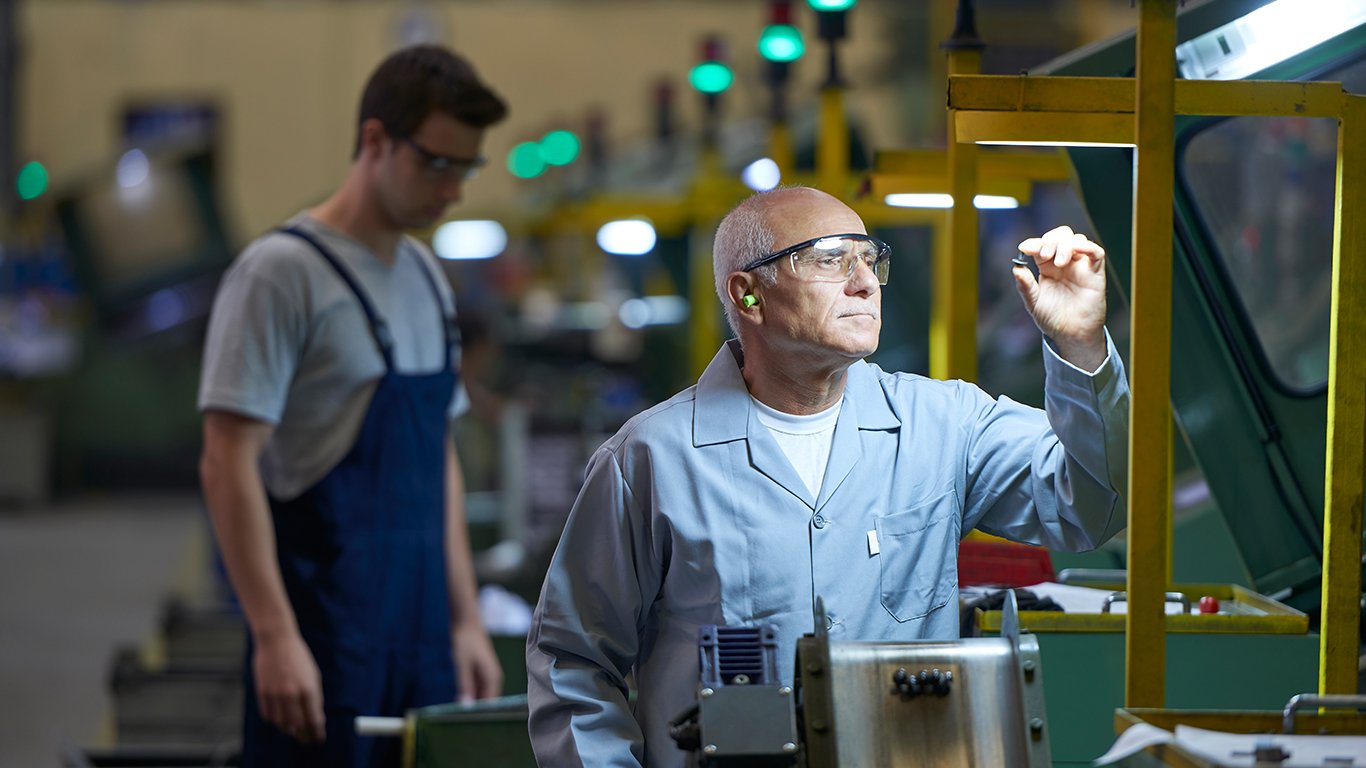

By one estimate, more than a third of the global population will be 50 years old or older in 2050, more than double the percentage in 1950. One effect of that demographic shift is that the working age (15 to 64) population will also shrink and the number of elderly (65 and older) will rise.
These data points imply that older workers will have a more prominent place in the global labor force. According to a new study from Marsh & McLennan, by 2030 the elderly population in 15 countries will be more than 10% higher in South Korea and Singapore, about 7.5% higher in China and about 6% higher in the United States.
At the same time, new technological development continues to advance rapidly, wiping out more routine and manual work. The study cites a 2016 report from the World Economic Forum that estimates 7.1 million jobs will be lost between 2015 and 2020, largely in office and administrative functions, as well as in manufacturing and production, while just 2 million will be gained (in several different functions, from financial operations to management to engineering).
What happens, then, when an older workforce collides with more automation? A working paper cited in the Marsh & McLennan study from MIT economists Daron Acemoglu and Pascual Restrepo published last year:
If anything, countries experiencing more rapid aging have grown more in recent decades. We suggest that this counterintuitive finding might reflect the more rapid adoption of automation technologies in countries undergoing more pronounced demographic changes, and provide evidence and theoretical underpinnings for this argument.
In other words, an aging workforce forces companies more quickly to adopt more automation. Acemoglu and Restrepo demonstrated that 40% of the variation among countries in the adoption of industrial robots is explained by age alone.
Marsh & McLennan devised a weighted-average score that expresses the automation risk for older workers. In countries where workers perform tasks that can be reasonably easily automated, the risk score is high; in countries where higher-skilled work is more common, the risk score is lower.
Of the 15 countries included in the study, China had the highest risk score, followed by Vietnam, Thailand, South Korea and Japan. The five countries with the lowest risk scores are Australia, Canada, Sweden, the United Kingdom and Switzerland. The United States was sixth lowest.
The study concludes:
Welfare spending, industrial shifts, financial support, and training and education will be key to preventing the widespread displacement of older workers. Without the proper interventions, societies stand to face serious fallouts as a result of these trends. Un- and underemployment, widening inequality, and severe talent shortages will worsen in countries where older workers are not properly incorporated into firms’ digitization and automation strategies.
Visit the Marsh & McLennan website to view the full report.
Sponsored: Want to Retire Early? Here’s a Great First Step
Want retirement to come a few years earlier than you’d planned? Or are you ready to retire now, but want an extra set of eyes on your finances?
Now you can speak with up to 3 financial experts in your area for FREE. By simply clicking here you can begin to match with financial professionals who can help you build your plan to retire early. And the best part? The first conversation with them is free.
Click here to match with up to 3 financial pros who would be excited to help you make financial decisions.
Thank you for reading! Have some feedback for us?
Contact the 24/7 Wall St. editorial team.
 24/7 Wall St.
24/7 Wall St.


